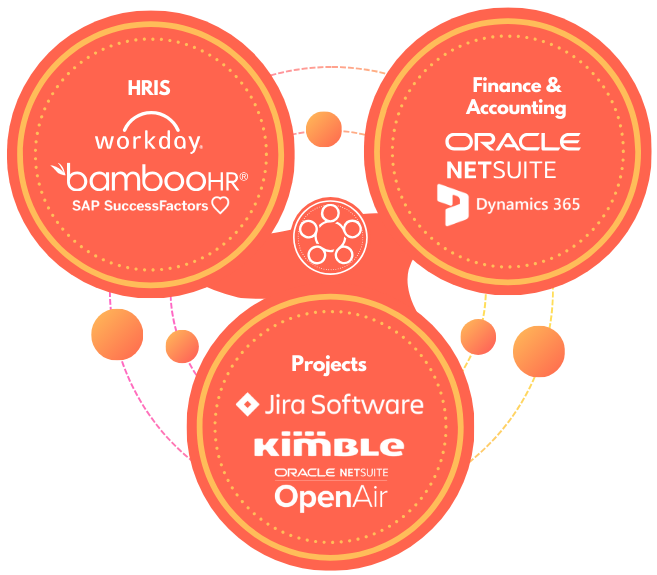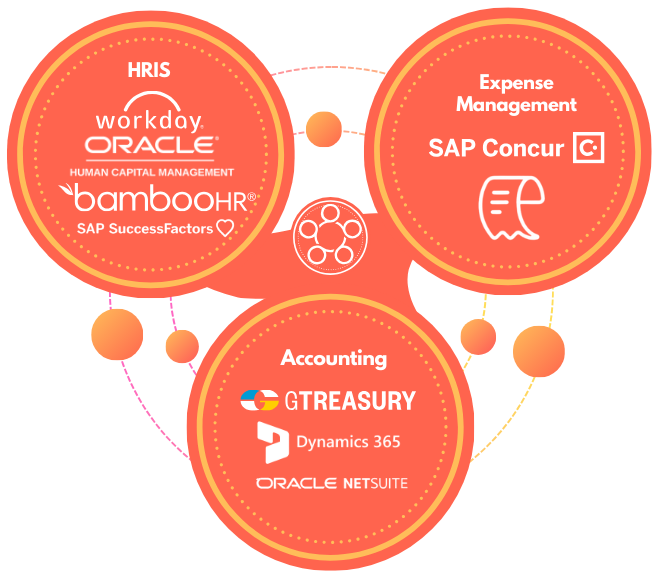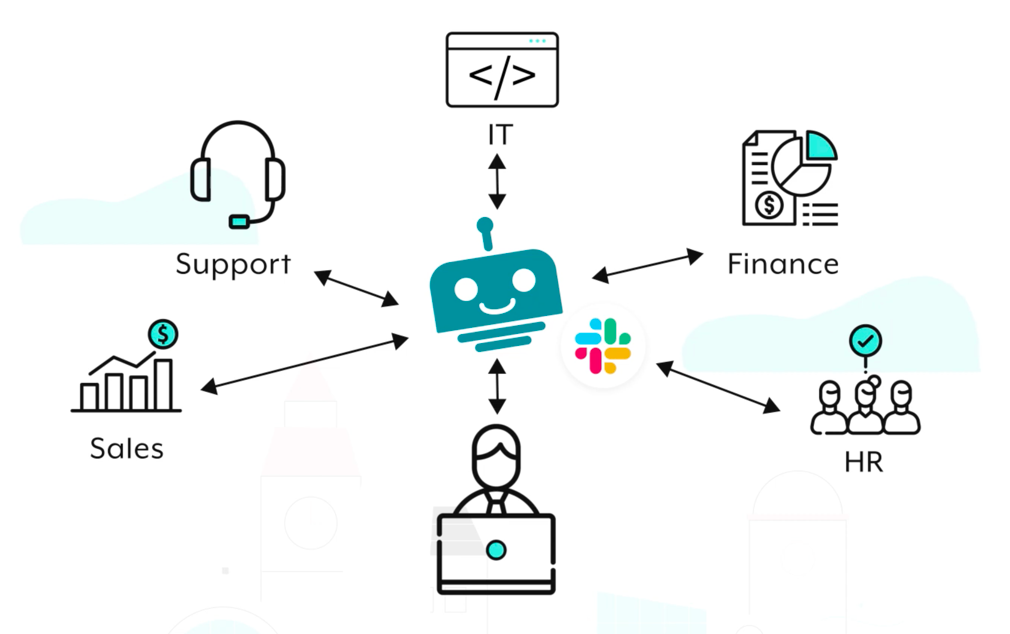

Behind every workplace, HR operations are responsible for more than just payroll and employee benefits. They are at the heart of workforce planning, employee engagement and compliance management.
Despite the availability of advanced HR tools, the challenge of disconnected systems continues to burden HR operations, leading to errors, delays, and a loss of focus on strategic initiatives.







A typical HR department uses multiple applications to manage different functions:
🔸 Human Resource Information Systems (HRIS) for core HR functions like employee data management and payroll.
🔸 Applicant Tracking Systems (ATS) for recruitment.
🔸 Learning Management Systems (LMS) for training and development.
🔸 Performance Management Systems for performance appraisals and feedback.
🔸 Payroll and Benefits Management Systems for compensation and benefits distribution.
While each of these applications excels in its own right, they are often standalone. HR teams have to manually move data between these systems, resulting in inefficiencies and more errors.
Manual data entry is not only time consuming but also error prone and can have far reaching consequences for an organization. Some of the common challenges faced due to manual HR processes are:
🔸 Duplicate Data Entry: When HR teams have to enter the same employee information into multiple systems there is an increased risk of duplication and inconsistencies. For example a change in an employee’s status may not get updated across all systems resulting in inaccurate records.
🔸 Inaccurate Reporting: Manual data entry leads to inconsistent data across applications. This can skew HR analytics and reporting and make it difficult to derive meaningful insights from workforce data.
🔸 Compliance Risks: HR operations have to comply with various labour laws, payroll regulations and employee data protection laws. Inaccurate data due to manual entry errors can result in compliance breaches and penalties.
🔸 Inefficiency and Lost Productivity: HR teams spend hours on data entry and have less time to focus on strategic initiatives like talent development, employee engagement and workforce planning.
🔸Seamless Data Sync: Integration connects all the HR systems so data is updated across all applications in real-time. For example when a new employee is added to the HRIS their info is synced with the payroll, benefits and performance management systems so no manual data entry is required.
🔸Error Reduction and Data Accuracy: By automating data transfers between systems HR teams can eliminate human error associated with manual input. This ensures consistent and accurate records and reports and compliance documentation.
🔸Compliance and Security: Integrated HR systems give you a single view of employee data so you have better control over access and security. It’s easier to track and audit data changes so you remain compliant with regulations like GDPR, FLSA and HIPAA.
🔸Efficiency and Productivity: With data integration in place HR teams can focus on more strategic work rather than repetitive data entry. Automation reduces administrative burdens so HR professionals can work on initiatives that add value to the business like employee engagement programs and leadership development.
🔸Reporting and Insights: When data is centralized and consistent across systems HR can generate more accurate and comprehensive reports. Integrated HR data allows you to analyze workforce trends, performance metrics and compensation data in real-time so you can make better decisions.
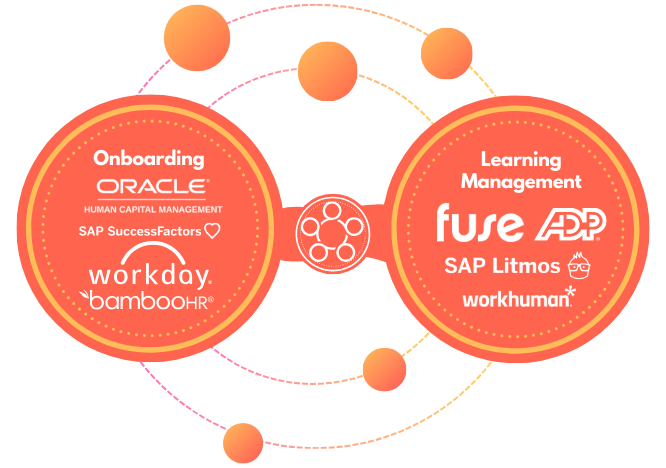
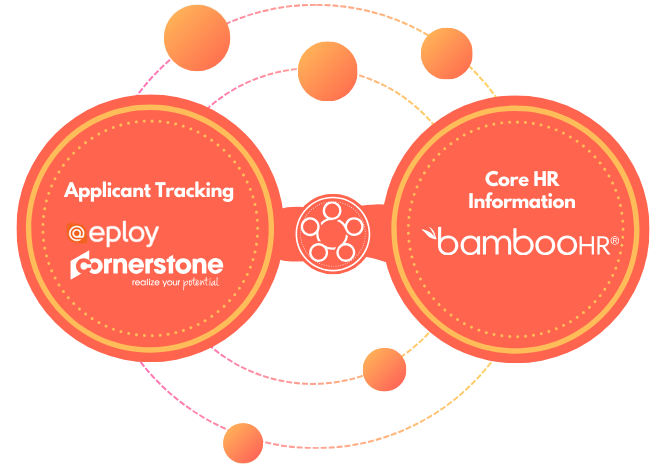
When a new hire is onboarded their info needs to be entered into multiple systems like payroll, benefits management and training. Manually duplicating this data entry across systems can take hours. By integrating the ATS, HRIS and payroll systems you can automatically transfer employee data from one system to the next and speed up the onboarding process and reduce errors.
Integration between performance management tools and HRIS means changes to an employee’s role, status or compensation are automatically updated in the performance management system. HR teams don’t have to manually update these details so it’s consistent and more efficient performance reviews.
Payroll is a complex process with many data points like work hours, benefits and taxes. Integrating payroll with other HR systems like time tracking and HRIS means all the necessary data flows automatically and reduces the chance of payroll errors and employees are paid accurately and on time.
To be compliant with labor laws HR departments must ensure employee data is accurate and up to date. Integrated systems help HR teams stay compliant by having a single source of truth across all applications. This reduces the risk of missing compliance deadlines, filing incorrect reports or facing penalties.
